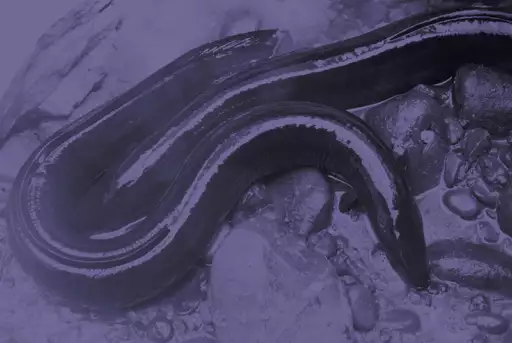We aspire to progress heart health equity for Māori, Pacific Peoples and women (wāhine/fafine), and therefore for Aotearoa New Zealand as a whole. In our identity the notion of the indivisibility of the body, and therefore of our work was important to acknowledge to challenge the individual worldview of health and the traditional siloed approach in health.
Our Identity and Tohu | Symbol
In addition, there are dualities including: the inseparability of heart and breath, and the rich nuance shared between science and culture. Our CoRE was intentionally set up to be a values-led interdisciplinary initiative, with the unique opportunity to bring distinct people together for the first time to work on the same problem.
These ideals established the foundations of our identity, logo and brand.

The ‘heart’ holds a significant conceptual place in Māori tradition and narratives. Concepts such as: manawa roa | resilience; manawa tina | decisiveness; manawa nui | courage; and manawa toka| determination, signal the importance of the heart to values and desirable characteristics in society.
Characteristics of animals are also used to metaphorically connect character traits of animals and the heart. Phrases such as manawa tītī and manawa piharau which focus on the hearts of the mutton-bird and lamprey eel respectively to denote bravery, stamina and robustness.
Manawa whenua is another well-known phrase, which speaks of the ‘heart of the land’. It can be provenanced in whakataukī such as
‘he kapanga manawa o te whenua, he kapanga manawa o te tangata’
‘the heartbeat of the land is the heartbeat of the people.’
The pekapeka, or native New Zealand bat, is a powerful symbol of duality, and therefore, indivisibility. In Te Ao Māori the pekapeka are typically represented with their wings outstretched, each wing forming into an outward-facing manaia. The pekapeka with the two symmetrical wings, represent equity and are also symbolic of balance. In this instance, the balance extends from a concept of partnership between Tangata Whenua | People of the land (Indigenous Peoples of Aotearoa) and Tangata Tiriti | People of Te Tiriti (Non-Māori), to the inseparable nuances between science and culture, the respiratory and circulatory systems; and our health system and communities.
The two poles represented by pekapeka are not symbolic of a binary proposition, they are rather a reflection of the Māori world that acknowledges the spectrum on which all knowledge operates, and the inseparability between all living things. The eyes of the pekapeka are round and open, a symbol of life and wellbeing while the centre of the pekapeka is the pūtahi.
The pūtahi physiologically references the aorta (te pūtahi o te manawa). Simultaneously it conceptually references The Centre of Research Excellence and its origin or pū (for the journey of change and development).
The movement of the pekapeka is also frequently referenced. The motion of ‘ducking and diving’ figuratively represents fluidity and the journey of a kaupapa (initiative). It can be applied to the movements of the circulatory and respiratory systems and equally to the journey of the kaupapa as it faces challenges and defines new opportunities, across research and training and relationships generally. Having said this, the pūtahi maintains a stable foundation as the journey of the kaupapa unfolds.
Healthy Hearts for Aotearoa New Zealand Centre of Research Excellence has thus been renamed Pūtahi Manawa.
• Pūtahi means ‘centre’ or ‘place of confluence’. It is literally the ‘CORE’.
• Manawa is the heart.
So figuratively, Pūtahi Manawa refers to the central systems of the heart, physiologically and conceptually.
We extend our deepest gratitude to the talented individuals, including Karl Johnstone, Joe Pihema, and the team at Haumi, whose creativity brought our tohu and branding to life.



